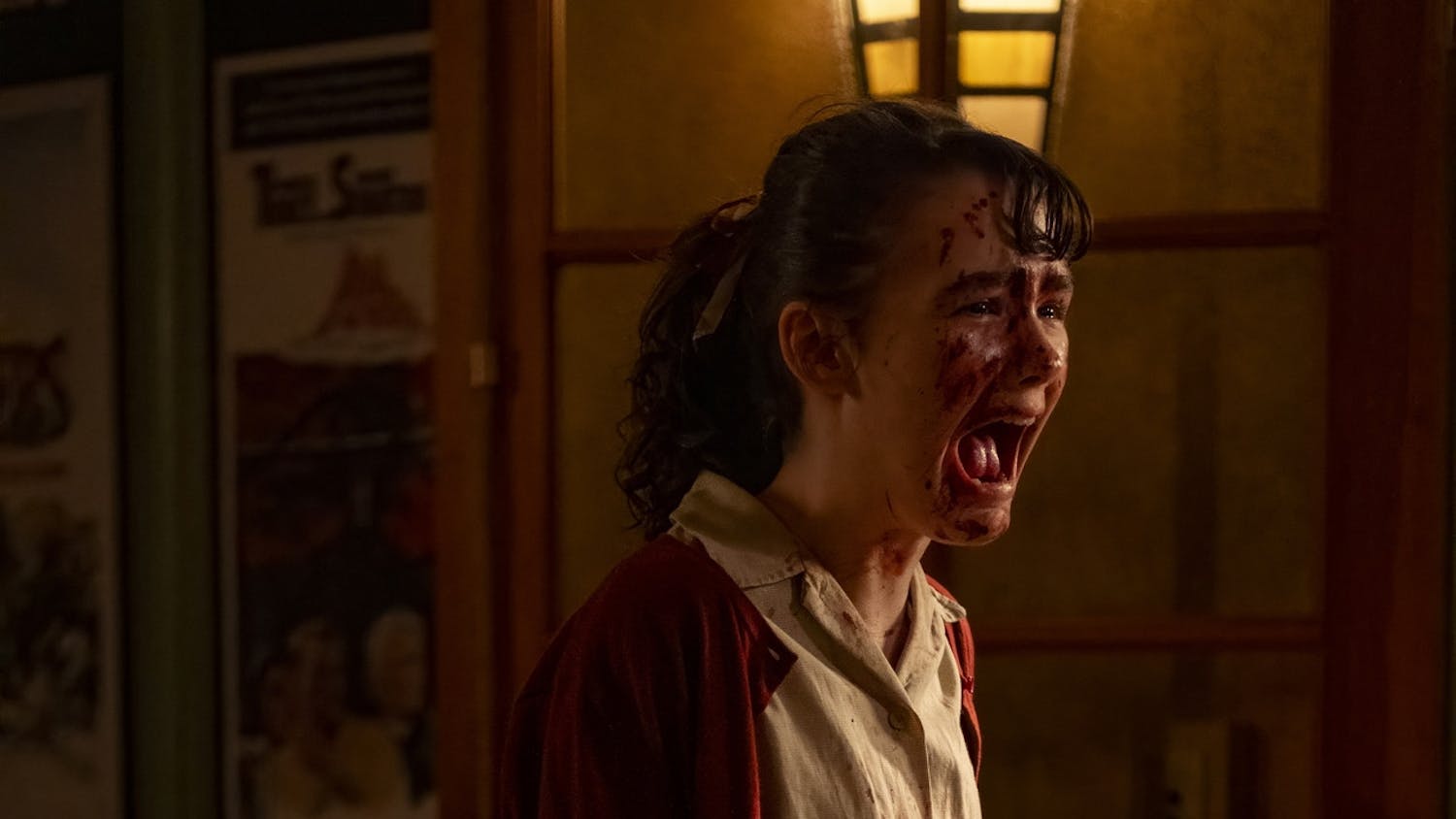While Ohio University President Roderick McDavis continues to focus on improving the university's research endeavors, such an initiative could reduce faculty in the classroom, a problem McDavis said is solved through the research process itself.
If research will pull (faculty) out of the classroom
you write enough into the budget so that the university can hire another faculty member to teach in your place McDavis said. So what increasing the research budget really does is hire more faculty.
The goal for OU is to increase research funding to $100 million during the next five years, McDavis said in his inaugural address. During the 2004 fiscal year, OU received $56.4 million from external sources such as grants and private donations, a $2 million increase from 2003. These funds were distributed accordingly among the different colleges in the university for research by the specific grant requests.
This week, the Ohio University Foundation awarded $230,000 from the 1804 Fund - an award that influences OU's mission of maintaining, strengthening and enhancing a learning-centered community - to 14 new research and educational initiatives, including faculty, graduate and undergraduate projects, according to a press release.
In the past year, faculty members were challenged to make a case through letters and proposals explaining the need for research in their respective departments, said Andrea Gibson, director of research communication. OU then pinpointed the top three research areas - environmental pollution, physics and astronomy and health and medical - and focused on strengthening them to gain external funding. To receive money for research, professors can enter a contract to do a specific task, enter a cooperative agreement among all researchers or apply for a grant, said Jack Bantle, vice president for research.
The aspect of the research process that brings in additional faculty occurs when professors use the money to hire themselves out of work, Bantle said. A portion of the money that comes in for research, indirect cost, is used to hire other faculty members to teach in place of the faculty member who has gone to conduct research.
Kevin Crist, an associate professor of chemical engineering, is researching the harmful effects of pollution generated in Ohio with a $1.2 million grant from the U.S. Department of Energy in 2003. Crist said he teaches one to two classes a quarter and spends an equal amount of time researching, sometimes at night and on weekends when teaching consumes extra time.
One of the reasons I came to OU was because of the blend of education with research Crist said.
Crist said he also uses his research as an opportunity to bring real issues into the classroom, often discussing the far-ranging effects of the pollution in the Ohio River Valley.
Students can't get the full benefit (of an education) without having a research program
he said.
Not only are professors involved in research at OU, but all graduate students and about 767 undergraduate students participate in research, Bantle said.
Some undergraduate students get involved in research projects through the PACE or McNair Scholars Program, which funds students' academic costs, Gibson said.
Beyond providing faculty and students with research resources, the next step to improving research at OU is building the facilities to house research projects, McDavis said.
As we have opportunities to increase the research expenditures
so
too
we'll find more opportunities to build research facilities
he said.
The funds for constructing new laboratories are obtained by appealing to the state or the private sector.
OU received $10 million from the Osteopathic Heritage Foundation and $10 million from the Russ College of Engineering and Technology to fund a $30 million integrated research facility, which is up for approval to hire consultants and develop construction documents at today's Board of Trustees meeting.
My hope is there will be others that we can raise money for so that we can create the space to allow faculty to do research
McDavis said.
Other colleges also received large amounts of external funding for research. According to the 2004 Awards Report, the College of Engineering received more than $12 million for research, the largest research award among the colleges, followed by $11.9 million to the College of Arts and Sciences.
17





